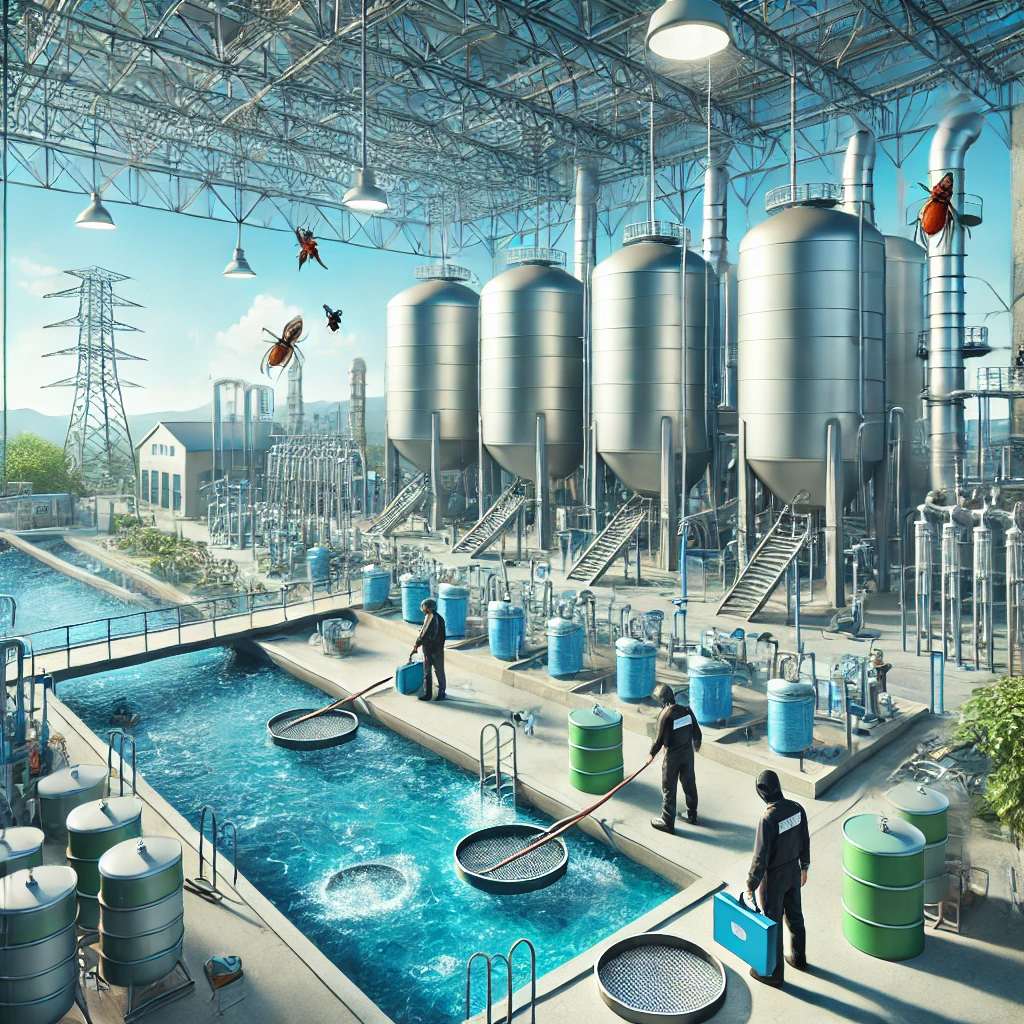
Introduction to Pest Management in Water Facilities
Pest management in water supply and treatment facilities is crucial for maintaining the integrity of water resources and ensuring public health. These facilities are susceptible to various pests that can compromise water quality and infrastructure. Effective pest management strategies are essential for preventing contamination and protecting the environment.
Types of Pests in Water Facilities
Several types of pests can affect water supply and treatment facilities. Common pests include rodents, insects, and microorganisms. Rodents, such as rats and mice, can damage infrastructure and introduce contaminants. Insects, including flies and cockroaches, can carry diseases and thrive in moist environments. Microorganisms like algae and bacteria can proliferate in water systems, leading to contamination and reduced water quality.
Challenges in Pest Management
Managing pests in water supply and treatment facilities presents unique challenges. The complex and often confined environments of these facilities can make pest detection and control difficult. Additionally, the presence of water provides an ideal breeding ground for many pests. Ensuring that pest control measures do not interfere with water treatment processes or introduce harmful substances is also a significant concern.
Integrated Pest Management (IPM) Approach
An Integrated Pest Management (IPM) approach is essential for effective pest management in water facilities. IPM combines various control methods, including sanitation, physical barriers, biological control, and chemical treatments. Regular inspections and monitoring are crucial for early detection and prevention of pest infestations. By addressing the root causes of pest problems and implementing multiple control strategies, facilities can manage pests effectively while minimizing environmental impact.
Best Practices and Innovations
Implementing best practices and innovations can enhance pest management in water supply and treatment facilities. Regular maintenance and cleaning of infrastructure help prevent pest breeding and contamination. Advances in pest monitoring technologies, such as remote sensors and automated traps, provide real-time data for more effective management. Collaboration with pest control professionals and adherence to regulatory guidelines ensure that pest management practices are both effective and compliant with health and safety standards.
Conclusion
Pest management in water supply and treatment facilities is vital for safeguarding water quality and public health. By addressing the unique challenges of these environments and employing an Integrated Pest Management approach, facilities can effectively control pests while maintaining operational efficiency. Continuous improvements in practices and technologies contribute to more effective and sustainable pest management solutions.

